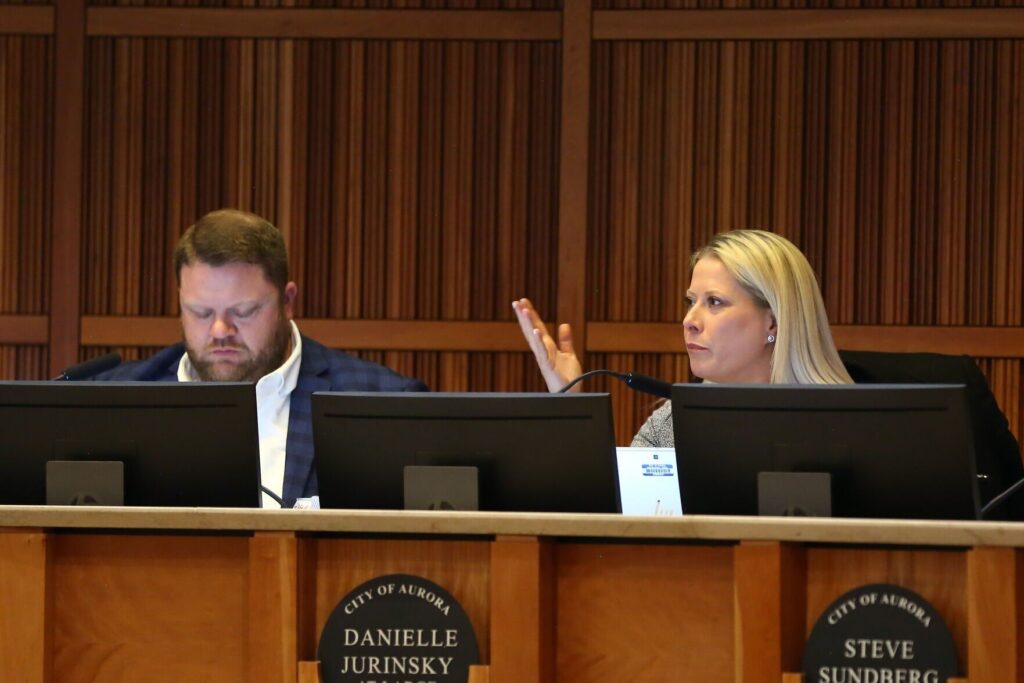Time to modify the filibuster? | Cronin & Loevy
U.S. senators have been using the filibuster since 1841. U.S. Sens. Huey Long of Louisiana, Strom Thurmond of South Carolina, Wayne Morse of Oregon and Rand Paul of Kentucky are among the more famous filibusterers in U.S. history.
Perhaps our favorite was Sen. Jefferson Smith, played by Hollywood actor Jimmy Stewart, in Frank Capra’s 1939 film “Mr. Smith Goes to Washington.” Sen. Smith successfully, if exhaustingly, filibustered a bill sponsored by a corrupt political cabal that would have allowed dam construction on a site Smith had proposed for a boys’ ranger camp. Our hero stood up to machine politicians, took on corruption and fought for the little guy.
Back in the early 1960s, less heroic anti-civil rights Southern senators were the prime agents of filibustering against change. They would discuss and debate civil rights bills so long that the pro-civil rights senators would give up and go on to other business. It is now called the “talking” filibuster.
There is no mention of the filibuster in the U.S. Constitution. It is merely a U.S. Senate rule that derives from the principle that no senator should be derived of his or her right to speak.
Under present Senate rules, in effect since 1975, if a proposed law cannot win an immediate “cloture vote” (60 votes in the 100-member Senate), the filibuster succeeds, the bill under consideration is tabled, and the Senate moves on to other bills on its agenda.
A number of liberal Democratic senators and their allies have been advocating for an end to the filibuster system, or at least a weakening of it. Democratic President Joe Biden, a creature of the U.S. Senate, has not so far been among them.
Sen. Jeff Merkley of Oregon, with some surprising recent support from centrist Democrat Joe Manchin of West Virginia, says it is “way too easy” for obstructionist senators to derail legislation aimed at helping minorities and the poor. Manchin thinks there will be fewer Republican filibusters of major Democratic legislation if Republicans have to explain themselves and talk for hours on the Senate floor and “feel some pain.” This “talking the bill to death” was the required practice back in the 1960s, but is not required now.
The thinking here is that, after a while, the filibustering senators will become exhausted from “talking” and will give up and allow a Senate majority to vote on the matter at hand. However, it is worth looking back at the 1960s to learn that, as is true of many “reforms,” things are always more complicated than expected.
By the early 1960s the “talking” filibuster had been developed into a formidable instrument. Twenty-two filibustering Southern senators would divide into three teams of six or so senators each. Each team of six senators was assigned to talk on the Senate floor for one day. This provided each filibustering senator at least two days rest between assignments (when one of the other three six-senator teams was on the Senate floor talking for the day).
Even when it was a filibusterer’s day on the Senate floor, the work was not hard. Only three of the six senators had to be on the floor at any particular time, therefore each member of the team had half the day off. When on the Senate floor, only one of the three senators had to be speaking, and he was helped out by the other two senators. They would periodically interrupt him with lengthy, complex questions or spontaneous thoughts that popped into their minds. It all added up to more “talking.”
The filibustering senators thus had an easy time of it, a complete contrast to the popular image of the scratchy-voiced near exhaustion filibusterer making an all-night stand on the Senate floor.
In reality, the situation was much tougher physically on those trying to defeat the filibuster. In order to be officially in session, the Senate must have a quorum of 51 senators present. Every two hours, just like clockwork, the filibustering senators would suggest the absence of a quorum, thereby requiring the non-filibustering senators to round up and rush to the floor a minimum of 5l senators.
While the senators conducting the filibuster only had to work a half-day every third day, those working to defeat the filibuster had to come up with a quorum of 51 senators every two hours. Anytime a senator opposing the filibuster wanted to go back to his home state to campaign or leave Washington to give a speech, he would have to make sure that at least 51 senators opposing the filibuster remained in Washington.
Having to stay on Capitol Hill every day and answer a quorum call every two hours soon became both physically and emotionally wearing on the senators opposing the filibuster. As the weeks went by and the “talking” did not end, the filibusterers would become more chipper and relaxed. Meanwhile, those trying to defeat the filibuster looked ever more harried and pale. The filibuster often exacted a greater toll from those trying to break the filibuster than from those working to continue it.
Whatever modifications of the filibuster may come this spring or summer, Democrats have to be wary. Their chances of holding a majority of Senate seats in the future is problematic. Midterm elections (coming up in 2022) generally result in the president’s political party losing seats in the Senate. Democrats have no Senate seats they can lose and still have a majority. The Senate is currently split evenly with 50 Democrats, 50 Republicans.
After 2022, the Democrats could find themselves in the minority in the Senate and have no filibuster with which to check the majority Republicans’ power.
Modifying the filibuster may or may not be the right strategy for the Democrats yet it deserves and probably will get a good debate. Meanwhile, Democrats should be forging collaborative alliances with moderate Republicans (there are still some) on infrastructure, immigration, climate change and voting rights issues. These are crucial issues where the nation is yearning for bipartisan leadership and progress.
Tom Cronin and Bob Loevy write on Colorado and national politics.


















